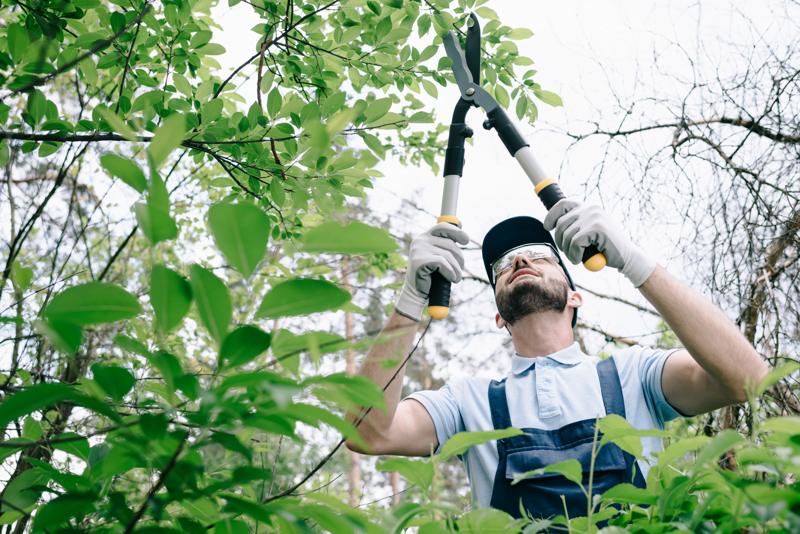The Ultimate Guide to Identifying Protected Trees within The Hills Shire

Trees play an important part in the environment as they provide shade, clean air, and aesthetic value to our surroundings. However they are not all equal and some carry extra protection status, which makes it illegal to perform any work without permission. If you’re considering having a tree removed, it’s essential to understand the protection status of the tree in question and the steps you have to take to ensure compliance with the legal requirements. In this article, we will help you understand the process of discovering whether the tree is secured and the steps you have be doing to make sure you are acting within the law.
What is a protected tree?
A protected tree can be subject to specific legal restrictions, and it’s illegal to do work on such a tree without the required permissions. There are two kinds of protection a tree could be protected by - statutory protection and preservation orders.
Legal protection
As a matter of statutory protection trees are protected by laws and under the control of Tree Preservation Orders (TPOs). TPOs are put in place by local authorities to safeguard trees of significant public value and ensure they are not destroyed or damaged.
Preservation orders
Preservation orders are like TPOs in that they are set up through the secretary of state for the Environment. Trees with preservation orders are considered to have an exceptional worth and are therefore protected from any kind of work, including cutting down.
How do I know when a tree is in danger?
To determine if a tree is protected, you must to check if it is subject to an TPO or preservation order. It is done by contacting the authorities in your area and asking them search for records.
TPO search
To search for an TPO You can reach the Tree or Woodland Official at your local authority. They will inform you whether the tree is protected. They’ll also be able advise you about the next steps to take if the tree is protected.
Preservation order search
In order to search for a preservation permit, you must contact secretary of state for Environment. They will tell you whether the tree is in the protected zone and provide you with the required information and guidelines.
FAQs:
What happens if I carry out work on a protected tree without permission?
If you work on a tree that is protected without the proper permissions, you could face significant fines, and possibly even jail time.
Can I contest a TPO Or preservation or TPO?
Yes, you can appeal an appeal of a TPO or preservation decision if you believe it’s not justifiable. However, you will need be able to present evidence to back your argument and demonstrate your argument as to why the TPO or preservation order isn’t needed.
Can I remove a protected tree?
It is against the law to remove trees that are protected without the necessary permissions. If you need removal of the tree it is necessary to apply for permission and provide the evidence needed to prove your case.
Conclusion
In conclusion, discovering whether the tree is protected is an essential aspect in ensuring that tree work is carried out legally. If you know the various types of protection and the best way to check for them it is possible to be sure that you’re in compliance with the law and safeguarding the trees you care for. If you are unsure about the protection status of the tree you are in charge of, we suggest seeking advice from a reputable tree specialist such as The Hills Tree Cutting. Our experienced arborists will be able to advise you about the protection status of your trees and guide you through the required steps to ensure that you are following the legal guidelines. With our expertise and commitment to providing top-quality tree care We can assist you to keep the beauty and worth of your trees. Contact us now by phone at 0480 024 203 to schedule a appointment, and let us assist you to ensure that your trees are protected and healthy.





















